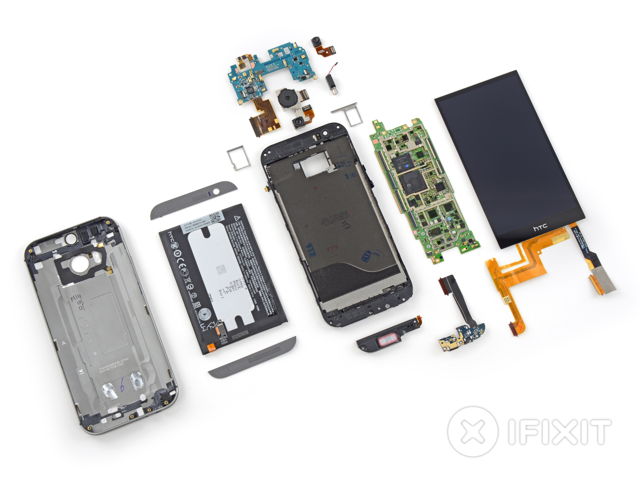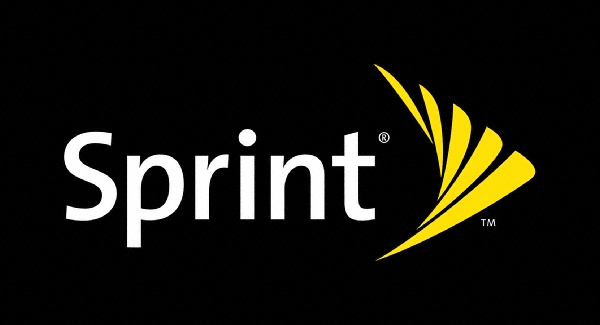
BlackBerry received a huge win today, as the company announced BlackBerry 10 is the first mobile operating system to have achieved Full Operational Capability on the DoD networks of the United States government.
Below is the entire press release.
BlackBerry First to Receive Coveted “Full Operational Capability” on U.S. Department of Defense Networks
Validation completes DISA’s certification process for BlackBerry 10 mobility management platform
WATERLOO, ONTARIO–(Marketwired – March 27, 2014) – BlackBerry Limited (NASDAQ: BBRY)(TSX: BB), a world leader in mobile communications, today announced that BlackBerry® 10 has become the first mobility solution to receive Full Operational Capability (FOC) to run on U.S. Department of Defense (DoD) networks from the U.S. Defense Information Systems Agency (DISA). The designation follows the Company’s Authority to Operate (ATO) certification and enables government users with a BlackBerry 10 smartphone connected with BlackBerry® Enterprise Service 10 (BES10) to securely access email, data, apps and other DoD network resources.
BlackBerry was the first Mobile Device Management (MDM) provider to earn ATO and becomes the only vendor with FOC. The granting of FOC completes BlackBerry’s security certification process with the DoD.
“As the first mobile solutions provider to achieve FOC, BlackBerry continues to prove why we are the most trusted enterprise mobility platform,” said John Sims, President of Global Enterprise Services at BlackBerry. “BlackBerry worked side-by-side with DISA to help certify the BlackBerry 10 solution offering the U.S. government an end-to-end mobile infrastructure that does not compromise on security and provides the most productive and collaborative mobile experience.”
FOC allows government employees to realize the full security, productivity, communication and collaboration benefits of the BlackBerry 10 solution. One of the key features now available to DoD customers with a BlackBerry 10 smartphone is BlackBerry® Balance™ technology, which allows users to instantly toggle between work and personal profiles. BlackBerry Balance separates and secures work data from personal content, allowing the user to gain secure access to DoD network resources, along with the full benefits of a consumer experience. BlackBerry 10 smartphones are the only DoD-approved smartphones with this capability.
About BlackBerry
A global leader in mobile communications, BlackBerry® revolutionized the mobile industry when it was introduced in 1999. Today, BlackBerry aims to inspire the success of our millions of customers around the world by continuously pushing the boundaries of mobile experiences. Founded in 1984 and based in Waterloo, Ontario, BlackBerry operates offices in North America, Europe, Asia Pacific and Latin America. The Company trades under the ticker symbols “BB” on the Toronto Stock Exchange and “BBRY” on the NASDAQ. For more information, visit http://www.blackberry.com.
Forward-looking statements in this news release are made pursuant to the “safe harbor” provisions of the U.S. Private Securities Litigation Reform Act of 1995 and applicable Canadian securities laws. When used herein, words such as “expect”, “anticipate”, “estimate”, “may”, “will”, “should”, “intend”, “believe”, and similar expressions, are intended to identify forward-looking statements. Forward-looking statements are based on estimates and assumptions made by BlackBerry Limited in light of its experience and its perception of historical trends, current conditions and expected future developments, as well as other factors that BlackBerry believes are appropriate in the circumstances. Many factors could cause BlackBerry’s actual results, performance or achievements to differ materially from those expressed or implied by the forward-looking statements, including those described in the “Risk Factors” section of BlackBerry’s Annual Information Form, which is included in its Annu al Report on Form 40-F (copies of which filings may be obtained at http://www.sedar.com or http://www.sec.gov). These factors should be considered carefully, and readers should not place undue reliance on BlackBerry’s forward-looking statements. BlackBerry has no intention and undertakes no obligation to update or revise any forward-looking statements, whether as a result of new information, future events or otherwise, except as required by law.
BlackBerry and related trademarks, names and logos are the property of BlackBerry Limited and are registered and/or used in the U.S. and countries around the world. All other marks are the property of their respective owners. BlackBerry is not responsible for any third-party products or services.









